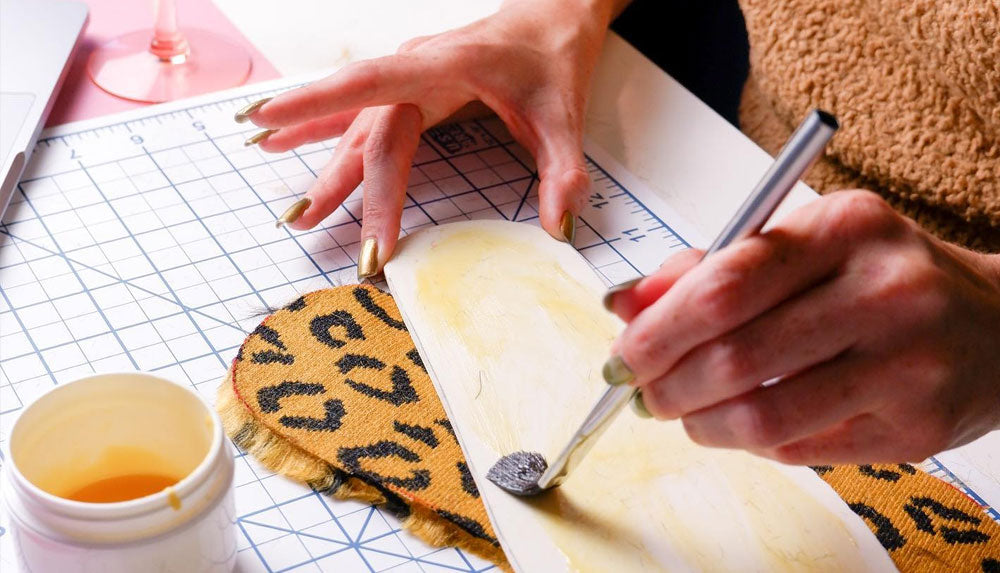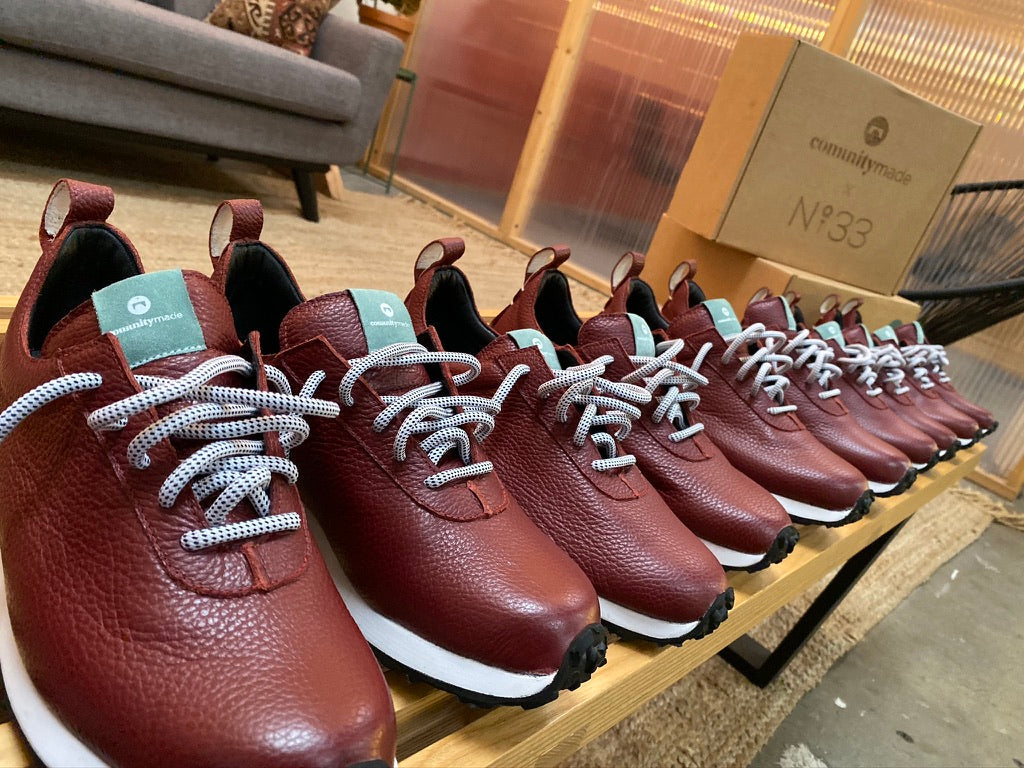
Fast fashion has changed the fashion industry, shaping how people perceive clothing and accessories. However, this rapid cycle of production and disposal has led to environmental concerns and an increase in waste.
Clothing brands are producing twice the amount of clothes today than they did in 2000. About 15% of raw materials used during production are wasted because of cutouts, and 60% of garments are discarded just a few years after production. On top of that, the energy-intensive production methods, high water and chemical use, and lengthy supply chains intensify the ecological impact of the fashion industry.

According to the World Bank, fashion and its supply chain are the third largest contributor to the climate crisis, accounting for about 10% of global carbon emissions. At this pace, the industry's greenhouse emissions will increase by over 50% by 2030.
Despite the high rates of waste, textile recycling remains low. This poses multiple environmental and public health challenges as discarded materials contribute to landfill waste, water pollution, among other problems.
But as consumers become more aware of the environmental impact of their choices, there’s a growing demand for sustainable alternatives. Many designers are now embracing a transformative approach – like upcycling materials in shoe design to address the fashion industry's ecological footprint.
What is Upcycling?
Upcycling is a creative and sustainable approach to reusing discarded or waste materials by transforming them into products of higher value or quality. Unlike traditional recycling, which breaks down materials into their base components, upcycling involves repurposing existing materials in their current form to create new, unique, and often more valuable items.
Upcycling aligns with the principles of a circular economy, where resources are used more efficiently, and waste is minimized. Instead of contributing to the environmental issues associated with fast fashion, upcycling breathes new life into materials that would otherwise end up in landfills and incinerators or contribute to pollution.

Shoemaking Industry
Upcycling in shoemaking involves creatively repurposing discarded materials, such as old textiles, plastics and leather scraps, into high-quality, unique footwear. One exemplary brand leading the charge in this movement is COMUNITYmade, which redefines the waste narrative and collaborates with companies like Pingtree to create exceptional upcycled shoes.
A standout example of this collaboration is the Men's and Women's "The Mayor" shoe, meticulously handcrafted using COMUNITYmade's proprietary lasts. These timeless urban utility sneakers are crafted using upcycled leathers sourced from the car industry in Detroit. They are premium quality, comfortable, sturdy, durable, and unique. Unlike mass-produced shoe items, only 500 pairs of these shoes are produced, and each pair is embossed with a unique production number.
Pingtree, in partnership with the American car industry, repurposes brand new, unused steering wheel and car seat leather, both pre and post-production. This innovative approach prevents these materials from ending in landfills, giving them new life as high-quality shoes. Remarkably, Pingtree has diverted an impressive 12 tons of automotive leather from landfills since 2016.
What's more, all the shoes are handcrafted. This means skilled artisans carefully assemble each pair by hand, paying meticulous attention to detail. The artisanal approach ensures the creation of unique and well-crafted footwear and holds significant environmental benefits. Handcrafted shoes:Typically requires less energy than mass production processes, which often involve heavy machinery and extensive energy use.Allow for a higher level of customization and attention to detail. Artisans can ensure that materials are used efficiently, minimizing waste and producing shoes of superior quality.Are often more durable and repairable than mass-produced counterparts. This longevity reduces the frequency of replacements, contributing to a more sustainable and less wasteful consumer cycle.Often involve local craftsmanship, supporting local economies, and ensuring ethical labor practices. This contrasts with the environmental and social concerns of mass-produced, fast-fashion footwear.
The absence of large-scale, automated production lines in handmade shoemaking results in a smaller environmental footprint. This aligns with the broader goal of minimizing the ecological impact of manufacturing processes.

Shoe Design
Let’s explore some benefits of upcycling:
Avoids Landfills
Upcycling materials in shoe design help steer materials away from landfills, offering a sustainable alternative to traditional disposal methods. Instead of contributing to the increasing burden on landfills, where waste can take years to decompose, upcycling repurposes materials, giving them a new purpose and reducing the environmental impact of discarded items.
Cuts Down On New Materials
Using upcycled materials in shoe design significantly reduces the need for new resources. Repurposing existing materials like old textiles and leather scraps minimizes the demand for fresh raw materials. This, in turn, conserves natural resources and lessens the environmental strain associated with the extraction and production of new materials. Cutting down on new materials contributes to a closed-loop system where resources are used more efficiently.
Better for the Environment
This sustainable practice addresses multiple environmental concerns associated with fast fashion, where the production and disposal life cycle contribute significantly to pollution and resource depletion. Upcycling reduces the carbon footprint by repurposing existing materials, lessening the reliance on energy-intensive production processes, and lowering greenhouse gas emissions. Choosing an eco-friendly footwear means actively supporting a more environmentally friendly and responsible approach to fashion and contributing to a positive shift in the industry.
The Potential of Upcycling
Shoes for a Sustainable Future
As consumers increasingly prioritize fashion items with a positive impact, the combination of upcycling and handmade craftsmanship represents a significant step towards a more responsible and eco-friendly future in the shoemaking industry.
It's essential to recognize that while upcycling alone cannot fully resolve the complex environmental and social challenges embedded in the fashion industry, it undeniably has the potential to be a powerful catalyst for sustainability. Consumers can actively contribute to the positive transformation of the fashion landscape by choosing upcycled shoes and supporting clothing brands that prioritize this eco-friendly approach.
As custodians of our planet, every choice we make resonates with broader environmental implications. Therefore, let us advocate for and participate in a fashion industry that champions upcycling, values handmade craftsmanship, and embraces sustainable practices. We can propel the industry toward a more responsible, eco-friendly, and sustainable future through informed consumer choices and collective action.


